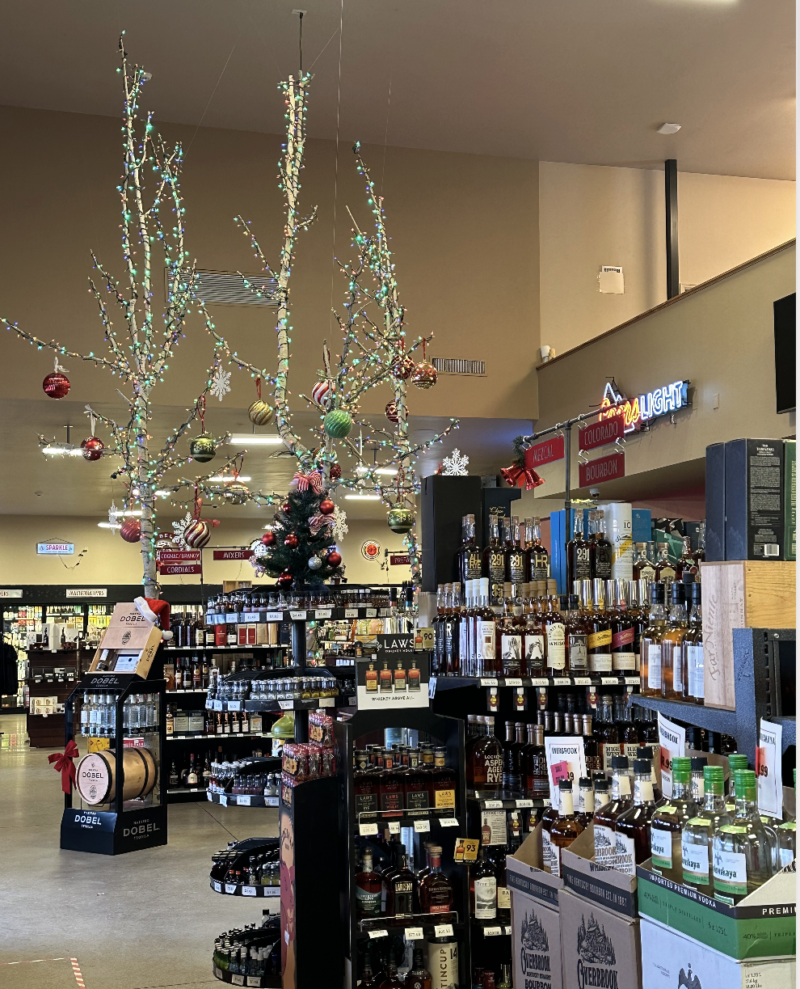Understanding Alcohol Content: ABV, proof, and What They Mean

Understanding alcohol content is a fundamental aspect of enjoying spirits responsibly and to the fullest. The measurement of alcohol by volume (ABV) and proof provides crucial information about the strength of various liquors, influencing both the taste and effects on the consumer.
ABV, which stands for Alcohol By Volume, is a standard measure used worldwide to quantify the amount of alcohol (ethanol) contained in an alcoholic beverage. Expressed as a percentage, ABV indicates how much of the liquid in the bottle is alcohol. For instance, a spirit with an ABV of 40% means that 40% of the liquid is pure alcohol. This measure helps consumers understand the potency of the drink, guiding them in consuming alcohol safely and in moderation.
Proof is another term often seen on liquor bottles, especially in the United States. Originally, proof was a British concept that tested the alcohol content of spirits for tax purposes. The system in the U.S. is a bit simpler: proof is twice the ABV of the spirit. Therefore, if a bottle of whiskey is labeled as 80 proof, it has an ABV of 40%. This system dates back to the 18th century when traders would “prove” the alcohol content of their wares by mixing it with gunpowder. If the mixture ignited, it was “proof” that the spirit had a sufficient amount of alcohol.
Understanding these measurements is more than an exercise in trivia. It influences how spirits are enjoyed and appreciated. Higher ABV spirits are often more intense, with a stronger flavor and a warmer sensation on the palate. They can be enjoyed neat, with water, or on the rocks to dilute the strength slightly and release more of the flavors. On the other hand, spirits with a lower ABV tend to be lighter, making them ideal for cocktails where the spirit acts as a base to be complemented by mixers.
The alcohol content in spirits, indicated by ABV and proof, is essential for consumers to make informed decisions about their drinking preferences. It influences everything from the beverage’s intensity and flavor profile to its effects on the body, playing a crucial role in the art of distillation and the culture of drinking.